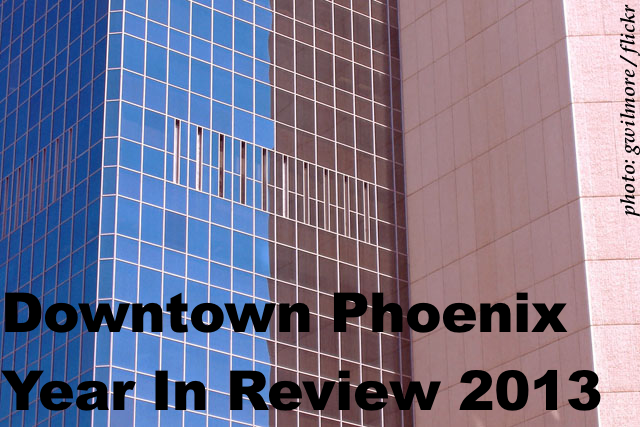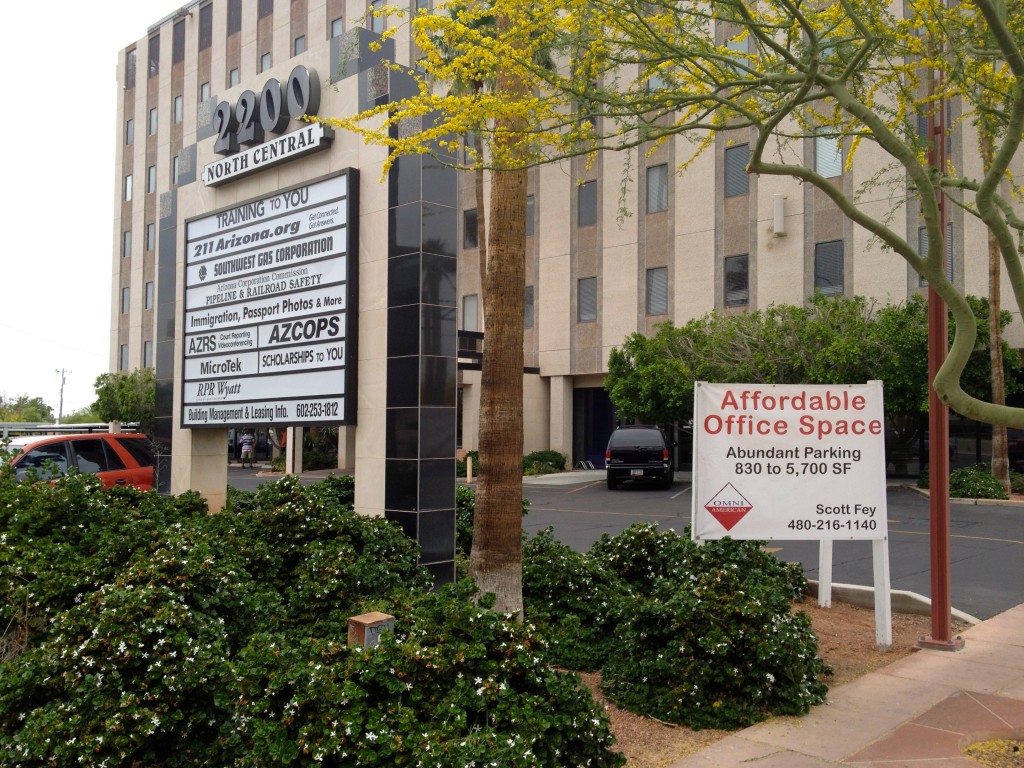In these past couple weeks, I’ve been thinking about the things that have happened in 2013 in downtown Phoenix and how they shape its present as well as the next year in our community. Yesterday, I discussed downtown’s strengths; tomorrow, I’ll share my assessment of downtown’s threats. The finale is on Sunday where I’ll share downtown’s opportunities.
 A DOWNTOWN PHOENIX YEAR-IN-REVIEW 2013: II. WEAKNESSES
A DOWNTOWN PHOENIX YEAR-IN-REVIEW 2013: II. WEAKNESSES
In the traditional SWOT (strengths, weaknesses, opportunities, and threats) analysis, on which this quartet of posts is modeled, a weakness is defined as something of internal origin that is harmful to organizational mission. I had a difficult time categorizing items that are weaknesses or threats (external origin) so this afternoon’s post should be read in concert with tomorrow’s entry when that comes online.
1. Still No Downtown Grocery Store — It’s been decades since downtown Phoenix has had its own grocery store. For downtown denizens, our nearest grocery store is a Safeway at 7th Street and McDowell Road, a trip that almost certainly requires a car to travel to safely. In September, a Whole Foods Market opened in the Town & Country shopping center at 20th Street and Camelback, even more removed from downtown. To create density downtown, the literature would suggest that a walkable grocery store is required; however, this is the classic chicken vs. egg paradox.
2. Still Not Enough Downtown Density — Since the Great Reset, we’ve had about a dozen new “destination” restaurants open in downtown and about a half dozen new coffeehouses open (which is seen by many as good; my judgment is still up for grabs) but we still don’t have decent density in downtown. Some new projects have opened on the edge of the downtown core (including several age-restricted projects in the Roosevelt neighborhood) but there are still miles to go.
3. Too Much Talk vs. Not Enough Action — Almost every day in 2013, I seemed to read about yet another organization that has popped up to try to leave its mark on this community. In skimming through the “about us” descriptions and mission statements, one trend has become alarmingly clear: a lot of these new groups don’t fully understand the wider context for why things are the way they are. I’m not saying that this youthful naïveté is not instrumental in making things happen; what I am saying is that a thorough understanding of history, nuance, context, and setting is important so that the right decisions are being made instead of the decisions with the most support. There are great organizations in downtown to be sure — Downtown Voices Coalition, the Roosevelt Row CDC, Grand Avenue Arts & Small Business District, and the Midtown Museum District to name a few — and I would think that we should focus on these established players in town that have already effected great positive change in our communities and in city government.
4. Designing the Micro vs. Designing the Macro — In Phoenix, we have a bad habit of looking at areas under a small lens with great focus instead of a broader picture. We look at streetscape design improvements for several blocks of one street instead of improving a much greater portion. The Adams Street redesign concerns the two blocks of Adams between Central Avenue and the Convention Center. Why doesn’t it stretch over to 1st Avenue to include one of our downtown’s most-urban sections of street? Or why not over to 3rd Avenue to include the Orpheum Theatre and Phoenix City Hall? (One of my first essays in 2014 will address this very project.) We forget that two of the tenets of urban design are connectivity and connectedness: something that is hard to achieve when one looks at the micro scale instead of the bigger picture.
 2.
2. 






